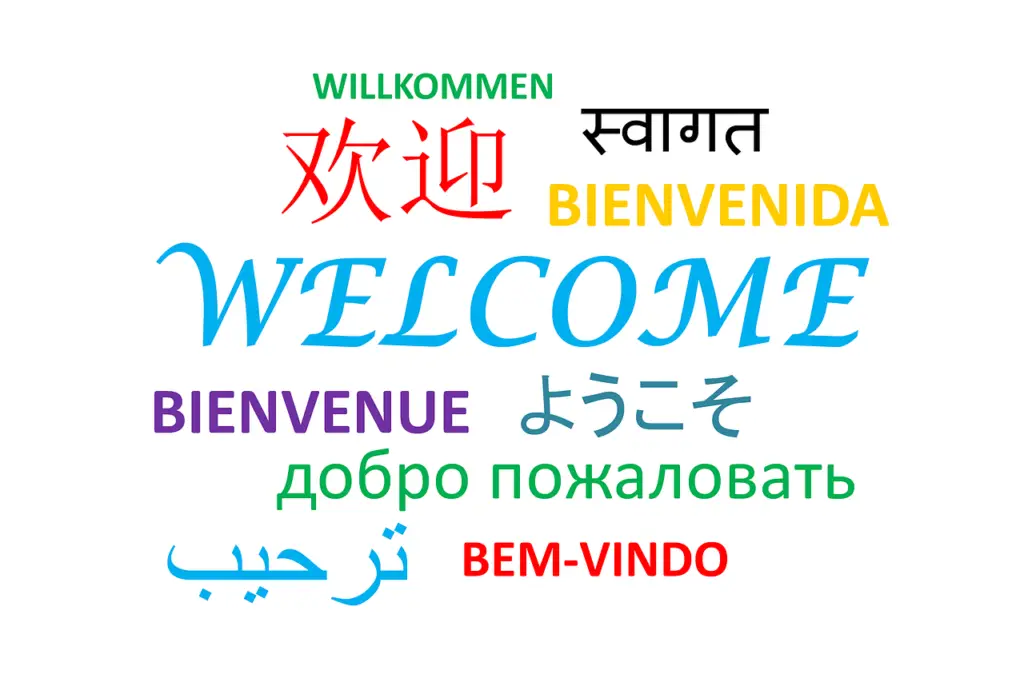
The Oscar victory of Bong Joon-ho’s movie Parasite served as something of a culmination of the debate around how successful international films could be during awards season. Joon-ho himself weighed into the discussion when picking up a Golden Globe award, urging English-speakers to “overcome the one-inch tall barrier of subtitles” in order to expose themselves to “so many more amazing films”.
But while the director rightly notes that many potential viewers are put off by this “one-inch tall barrier”, subtitles are also arguably a gateway in their own right. Many experts in Korean film have commented on how the subtitles for Parasite don’t just interpret dialogue verbatim, but find equivalent ways to express certain concepts that don’t quite have a translated equivalent from Korean to English.
Translation is a crucial gateway into different cultures
As one subtitle translator told the Jakarta Post, these English subtitles become the basis for how films are translated into other languages as well: “I often find myself toning down complex English phrases, idioms and slangs…not all audiences who will read my subtitles are from North America, and the phrases have to be simple and elegant to be retranslated to other languages.” This approach applies to the practice across the board, with linguistic experts Global Voices noting that a skilled translator “will need an equal understanding of the language itself, and the relevant background knowledge of the translation’s target audience”.
Automated translation is one of the most exciting unions between technology and linguistics. While automatic may be cheaper, human translation has its own pros, such as its unparalleled accuracy. You need to decide whether it’s better to find a fast solution or if you need high-quality output. Automatic translations between certain languages may be trickier than with others. It’s easy to translate between English and French. The two languages have the same 26 letter Alphabet with a word count of over 100,000 words. However, by comparison the Thai Alphabet has 72 characters which makes up approximately 3000 words. Countries like Thailand have communication styles that are unique, as they are influenced by traditional Thai cultural values. If cultural refinement and language subtlety are critical to your project, then hiring a human translator regarding how to translate English to Thai is a good decision.
And yet, despite the effort which goes into making non-English speaking media accessible to global audiences, the translation process is constantly being dehumanized through apps, algorithms, and artificial intelligence. Only a week before Parasite’s shock Oscar win, Amazon announced that it was developing a real-time film dubbing algorithm, designed to not only match content, but “the original timbre, emotion, duration, prosody, background noise, and reverberation” of the original audio.
But is there a place in the marketplace for these kinds of translations to be completed automatically? Or, as with the one-inch barrier of subtitles, do humans need to be responsible for their construction? Here are a few of the pros and cons of letting machines take responsibility for translations.
Pros: Cost, speed, & convenience
The reason translation apps are so popular is that our phones have them installed already. In an increasingly connected world, having the ability to understand other languages and cultures at the tap of a screen has obvious appeal. According to the most recent figures, Google Translate alone processes 143 billion words per day, with global events like the World Cup only serving to increase how many people make use of it.
And these apps are improving in terms of accuracy and functionality to be more in line with the way people need things translated. Google’s 2014 acquisition of Word Lens, for example, means that its mobile Translate app can now translate text on real-world objects by simply hovering a phone camera over any text, such as menus or road signs.
Machine translation has its commercial benefits too, albeit on a relatively small scale. Research by MIT and Washington University demonstrated a 10% improvement in eBay sales in the wake of the e-commerce site’s introduction of AI translation on its product pages. This allowed buyers to read listings written in any major language, encouraging global trade on a homespun level, and ultimately making the retail giant’s user experience even better.
Cons: Accuracy, context, & overreliance
With automatic translation so widespread and readily available, it’s understandable that people would think it’s appropriate to apply in any context. Most troublingly, despite statements to the contrary from Google itself, ProPublica revealed that these apps are regularly used by US Immigration Services as part of their refugee asylum process. The news site noted that an internal handbook has deemed Google Translate “the most efficient approach to translate foreign language contents”, going so far as to include a user guide for immigration officials.
But even in less fraught situations, the constant updates being made to the artificial intelligence which underpins translation apps still don’t offer a solid grasp of syntax and context. A thorough, if anecdotal, investigation in The Atlantic, written by a translator, explains machine translation’s major shortcomings when turning language into data points in an algorithm: “These statistics merely relate words to other words, not to ideas. There’s no attempt to create internal structures that could be thought of as ideas, images, memories, or experiences.”
As such, no matter how useful automatic translation can be for on-the-fly help with languages, it seems like the Parasites of the future will still be walled in by that “one-inch barrier”, one that will be hand-crafted with as much care as the original script itself.








